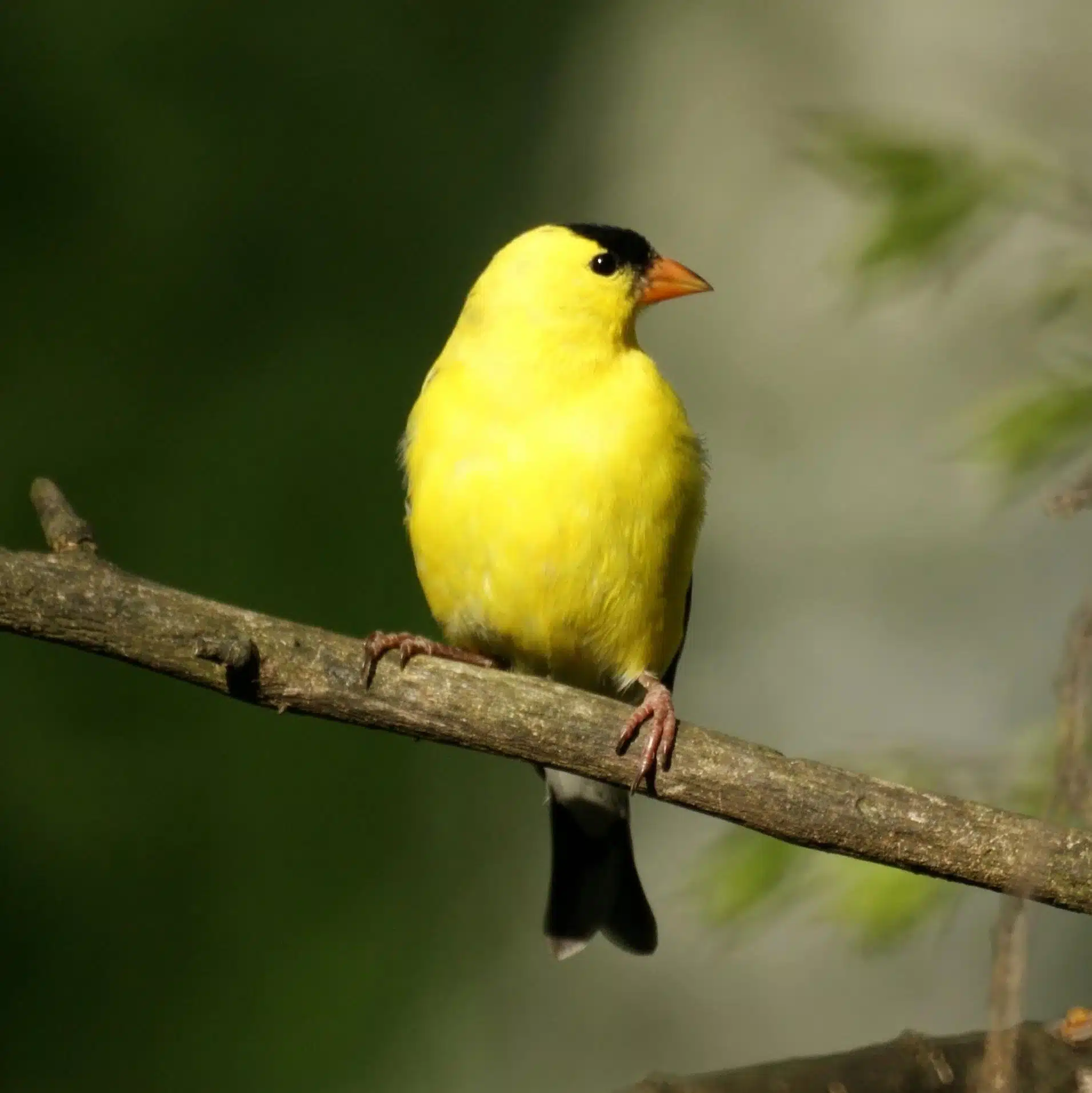Birds
American Goldfinch
Carduelis Tristis

Best Location to View: Buckeye Bud Bird Feeding Station, Myrtal S. Holden Wildflower Garden
Color: Yellow
Range: Canada, Mexico, North America
Wingspan: Small
Carduelis Tristis

Best Location to View: Buckeye Bud Bird Feeding Station, Myrtal S. Holden Wildflower Garden
Color: Yellow
Range: Canada, Mexico, North America
Wingspan: Small
People for Trees™
Plant and care for a tree beginning with making a pledge. We will support each pledge with easy-to-follow instructional toolkits, guidance on how to select the most appropriate tree and where to purchase it, free virtual classes and other ongoing support.
Make a pledgePopular searches:
Time: 1755993600 / Saved: 1755993600
Views (7 day(s) ago): 8
Views (6 day(s) ago): 10
Views (5 day(s) ago): 19
Views (4 day(s) ago): 18
Views (3 day(s) ago): 19
Views (2 day(s) ago): 17
Views (1 day(s) ago): 14
Views (Today): 10